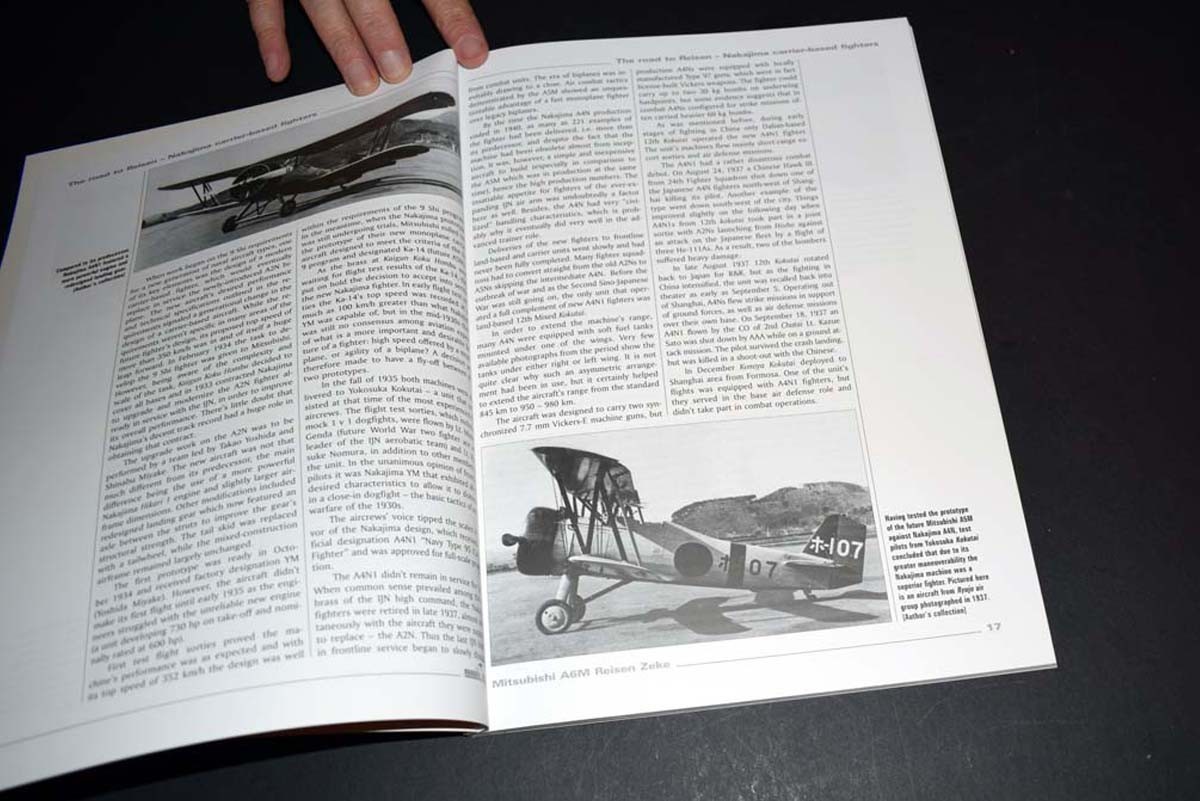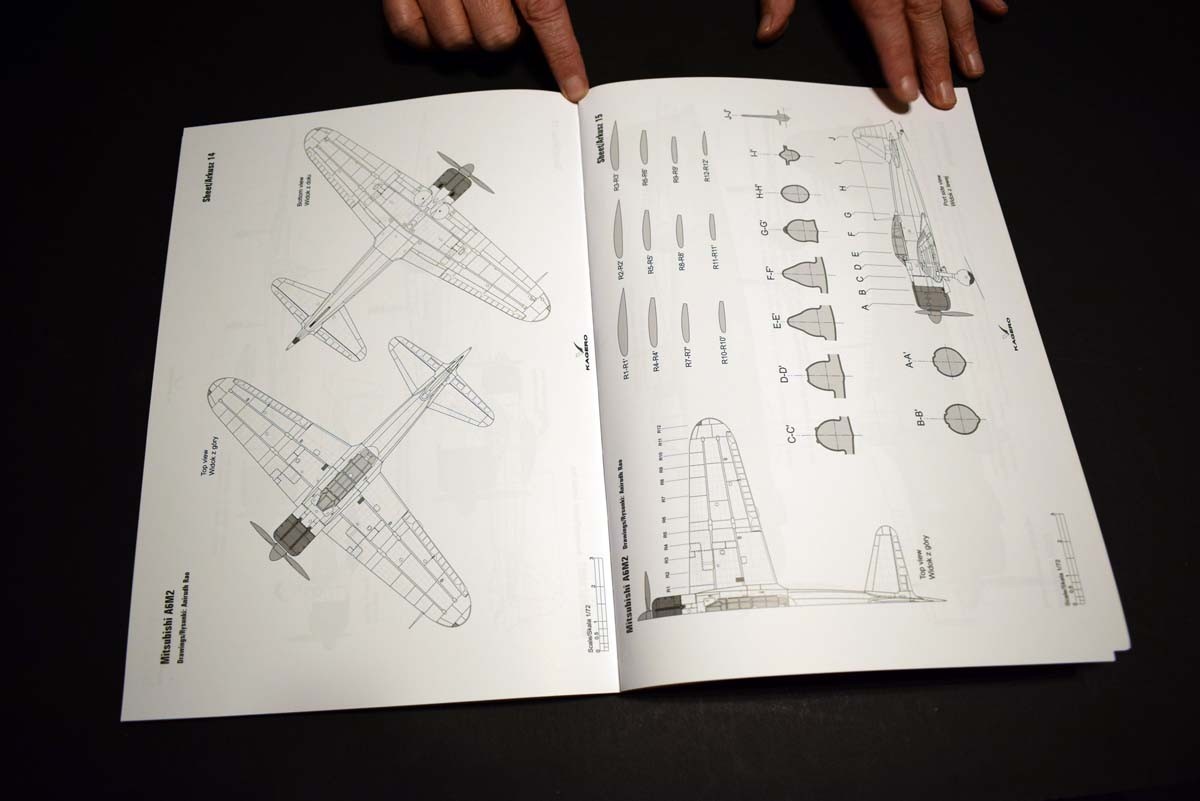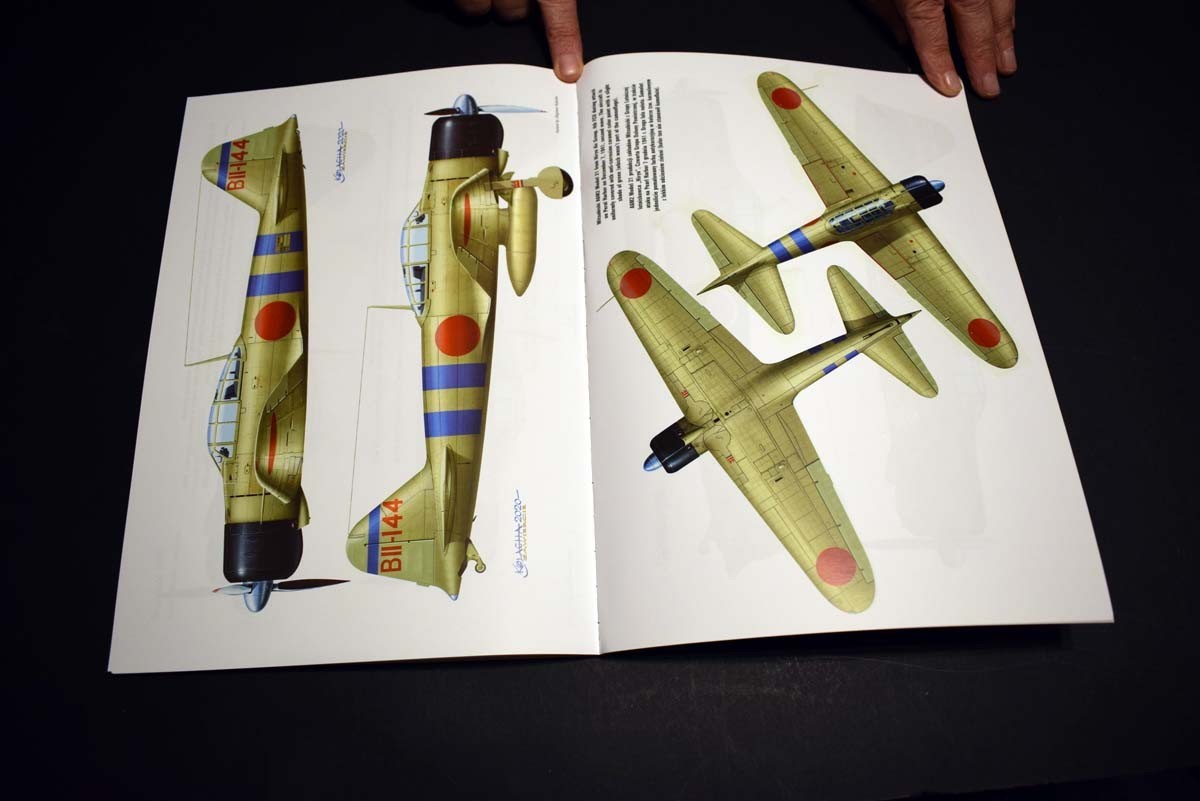Introduction
The Japanese in the lead up to World War 2 had an unimpressive Air Force, but they did have pilots with experience due to the war they were involved in with China. At the start of the war in Europe along came the Zero and Japan finally had a fighter capable of taking on all comers. The Japanese seemed to stop there and never really progressed with the result that towards the end of the war they were outclassed in just about every engagement. Let’s see what Kagero can do with the story of the Zero.

Review
This offering from Kagero is part of their Monographs line and I note that it states Volume 1. The author of this release is Dariusz Puduch. This is a soft backed book with a good card cover with a high gloss finish with the result that it has an appealing look to it. The contents are presented to the reader over 204 pages which also have a slight gloss finish to them which does present the pictures very well. The text in this offering is purely in English and is a solid few days read for anyone.
The book can really be considered as the lead up to the introduction of the Zero as it covers well the aircraft that pilots were sent to war in previously. Many of these were biplanes with open cockpits and from what I have read would have been easy targets for the Allies even with the experienced pilots. The Japanese Navy Aircraft really did lag behind their counterparts in the west. As we are led up to the work being done on the Zero fighter you get a really good idea of just how far Japan came with the switch to this aircraft.
The book can be considered a title of two halves with the first half covering the lead up to a great aircraft and the second half the golden years of the plane; I suspect that is why this is volume 1. The text is well written and due to covering information on development can be a little dry in places, but I cannot fault the author as he has presented the reader with a great deal of information in an easy to read format. The title is liberally adorned with photographic content that is of a high quality in most cases, but obviously you can only cover some aspects with what is available. The photographs are all black and white with nicely written captions with each.
That would normally be the end of this book, but on this occasion that is not the case. At the back of the title is what I would describe as a Top Drawings title in full minus any loose sheets. The line drawings are provided in 1/72nd and 1/48th scale as regards full views of the aircraft, and these even provide cutaway and cross sections of the aircraft. There are specifics covered such as the main instrument panel and engine amongst others and is a great inclusion. The book ends with some nicely done colour profiles that have very good weathering effects added for extra use.




Conclusion
If all aircraft books were like this I think I could die a happy man as it contains something for everyone, even those who are not modellers. The text does a good job of leading you up to the main event and then gives you some idea of just how much of a leap this aircraft was for the Japanese. The photographs are an excellent mix with well written captions. The end of this book then gives the modeller what they need for checking the accuracy of their models. A great all in one package covering the lead up to and early use of the Zero.


























